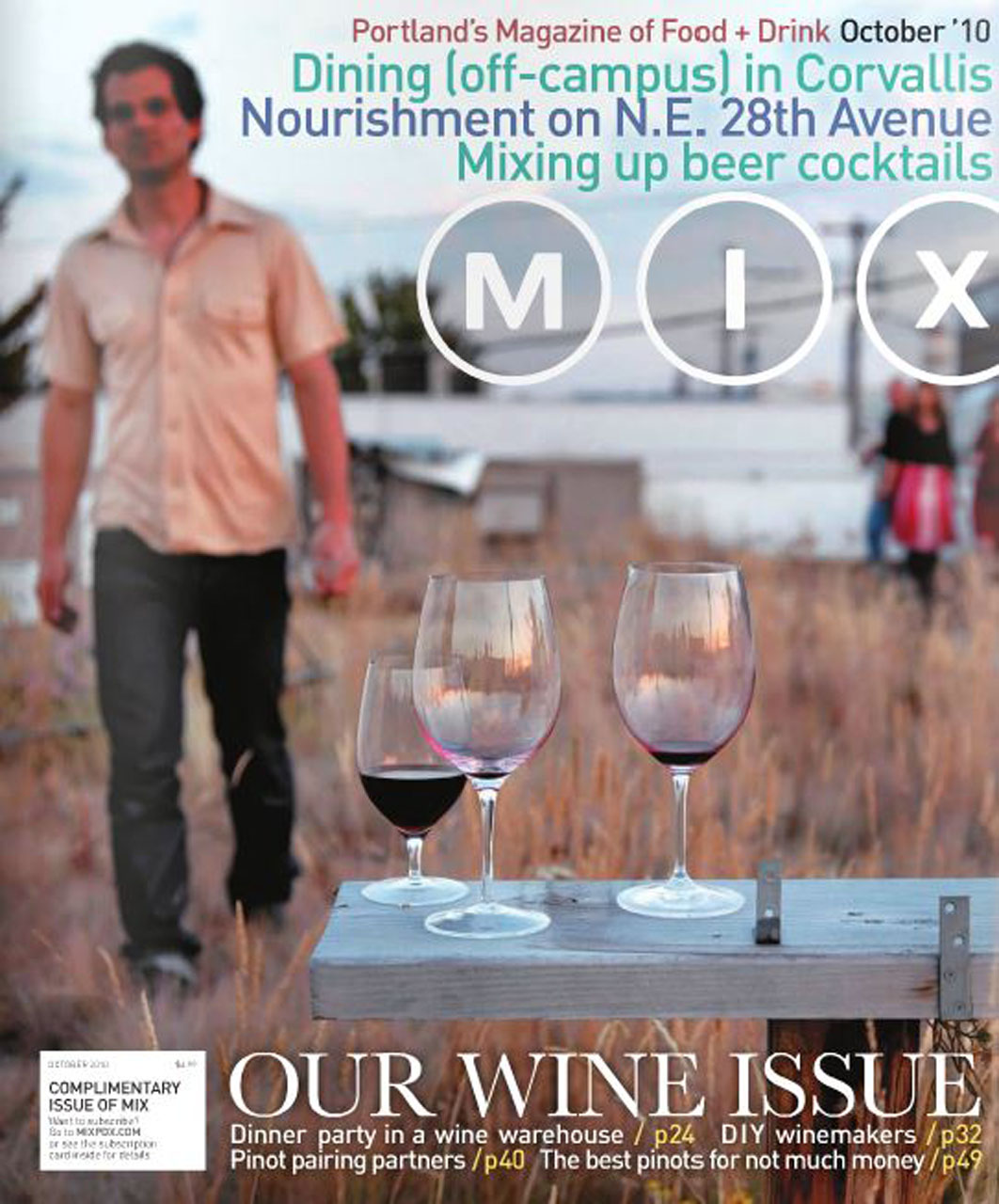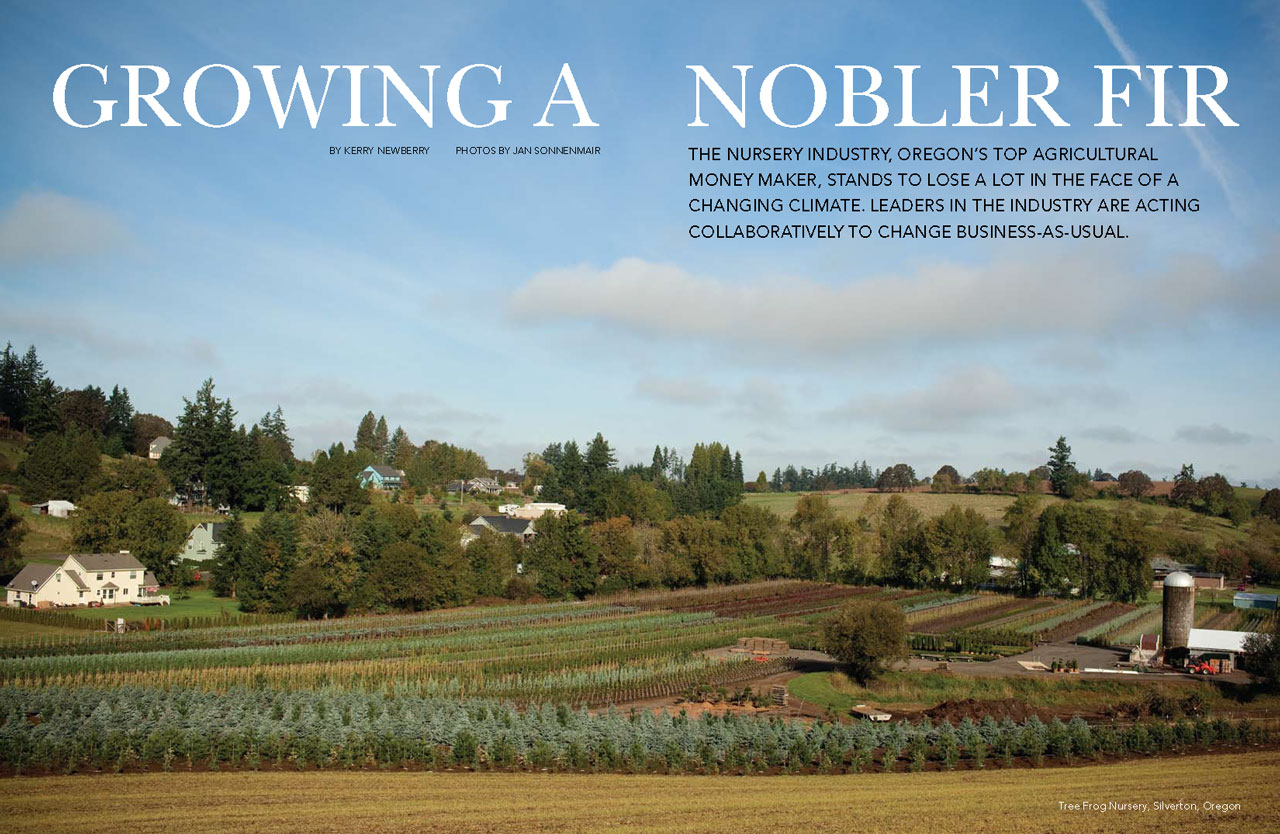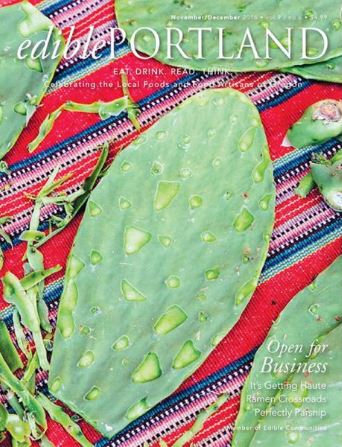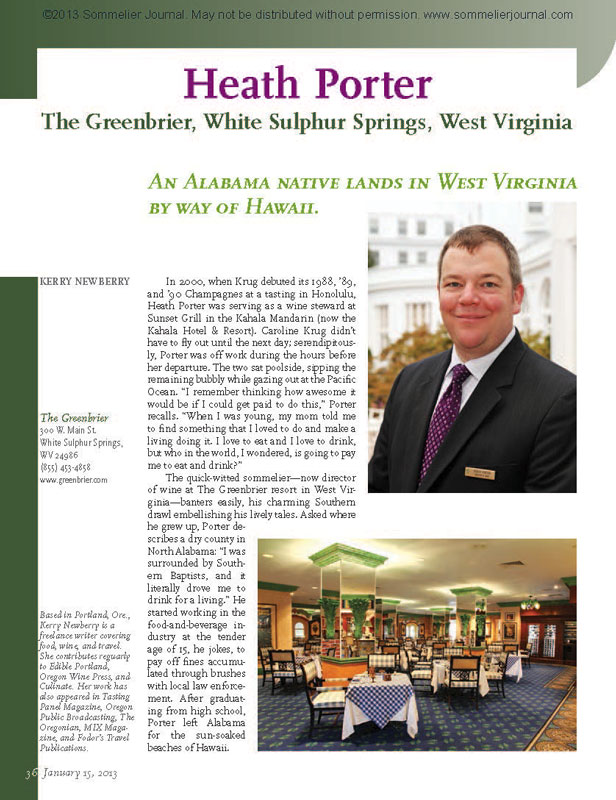Five Wine Varietals You’ve Never Heard of but Should be Drinking Now

Oregonian’s MIX Magazine, October 2010
Five years ago the current darling of the wine world, grüner veltliner, was as hard to find as a pair of skinny-leg jeans. The once obscure Austrian grape now easily rolls off even a pinotphile’s tongue (GROO-ner felt-LEE-ner) and can be found at restaurants and wine shops from coast to coast, almost as ubiquitous as skinny jeans at the mall. Not that we want to abandon our darling GV, but we’re curious: What’s next? We asked three local wine experts for their top picks:
Blaufränkisch: This elegant red grape grows across central Europe but is most revered in Austria’s Burgenland, along the shores of the eastern Neusiedler Lake. Dana Frank, the mastermind behind the esoteric and exquisite wine list for Grüner Restaurant , describes the wine as medium-bodied with ripe red fruit, low tannin, and a great spicy finish. Other names: lemberger in Washington State, gamé in Bulgaria and kékfrankos in Hungary.
Rotgipfler: A full-bodied, aromatic white wine and one of the oldest varieties grown in Austria’s Thermenregion, just south of Vienna. “This is one of the “new” old indigenous Austrian varieties that I’m totally smitten with right now,” says Frank. The rotgipfler she poured at the 2010 International Pinot Noir Celebration was the most popular wine at the table. “Lush yellow fruit aromatics and beautiful minerality,” says Frank. “A delightful wine with cheeses, smoked fish, and roasted poultry.”
Nerello Mascalese: Ardent pinot noir drinkers seeking elegant, earthy wines with a kiss of mystique will fall fast for this primal varietal growing in the midnight black, volcanic soils in northeast Sicily. The century-old vines that dress the slopes of Mount Etna were all but forgotten and are now experiencing a wine renaissance. “The nose is like an aged Burgundy but in your mouth it tastes like Nebbiolo. Rose petals and dried cherries,” says Michael Alberty of Storyteller Wine Company. “It’s a very flexible grape,” Alberty explains. The varietal is made as a still red, a still rosé and a sparkling brut rosé. “I just love this grape,” he says.
Fiano: Will Prouty, the wine director at Southpark Seafood Grill & Wine Bar, characterizes this antique white varietal from the Campania region of Italy as a wine with “sneaky richness, acid and hints of almond.” Wordsmiths will appreciate the Latin root for the varietal “vitis apiana” as the sweet, ripe grapes attract bees – and food lovers drawn to the versatility. “It pairs supremely with a range of foods from seafood to fatty cheeses and charcuterie,” Prouty says.
Tannat: This burly red varietal hails from the Madiran region in southwestern France at the foothills of the Pyrenees Mountains. “Dark, brooding and compelling,” Prouty says “and more feral than lap dog.” The wine gets friendlier if you throw it a little red meat, he adds. Formidable tannins characterize the French wines – a contrast to the lighter, fruitier tannat wines produced in Uruguay, where French Basques first planted the varietal in the 1870’s. Tannat is now considered the “national grape” of Uruguay and that country produces more of the varietal than France.




